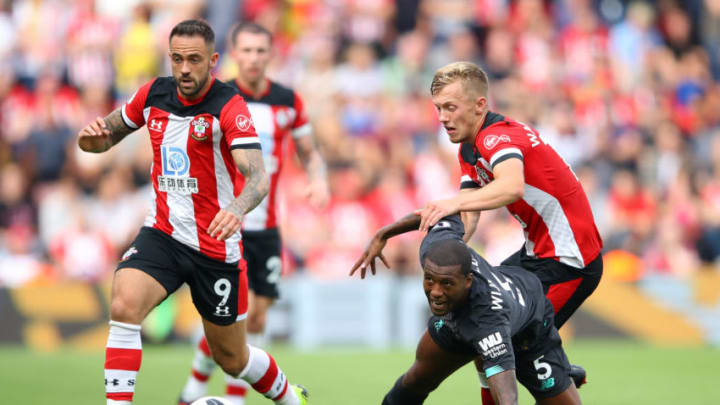Southampton 1-2 Liverpool: Premier League – Three Match Takeaways

Time to change formation?
Hasenhuttl has persevered with five at the back so far this season but it has failed to provide the solidity required. It may be worth considering a return to four at the back in a more conventional defensive line to allow an extra midfielder or attacker to be included. Given the excellent performance given by Romeu yesterday, there is no impediment to lining up in a 4-2-3-1 or 4-3-3 formation with Romeu and Hojbjerg in front of the defence.
This would allow James Ward-Prowse more freedom to push forwards or alternatively for Armstrong to be included behind the striker, with Redmond and Djenepo or Boufal offering width on the flanks. Although five at the back can be effective against top sides, there should be no reason to use it against lower placed teams. It can often have the effect of leaving players uncertain who they should be picking up and by removing some of the accountability, it can lead to careless errors being made or opposition attackers being left unmarked.
Instead of inviting pressure, a shift in formation will put the emphasis back on attacking and when a team is suffering with a shaky defence, looking to outscore the opposition can be an effective way of diverting the pressure back onto the other team.
dark. Next. Saints 1-2 Liverpool: Three key moments that decided the game